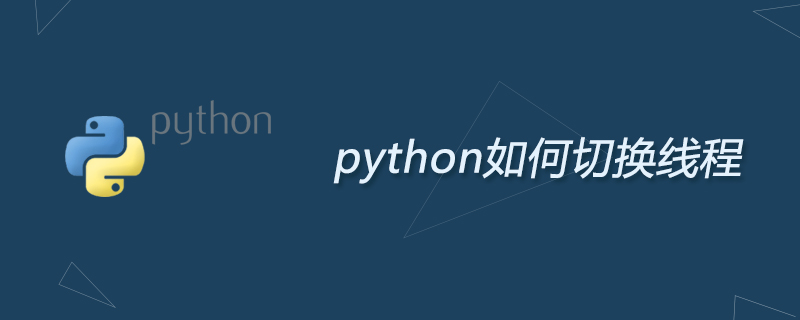
The condition object allows a thread A to stop and wait for other thread B. After thread B meets a certain condition, thread B notifies thread A to continue running. The thread first acquires a condition variable lock. If the condition is insufficient, the thread waits and releases the condition variable lock. If it is satisfied, the thread is executed, and other threads in the wait state can also be notified. Other threads in the wait state will re-judge the conditions after receiving the notification.

The following is an interesting example
import threading
class Boy(threading.Thread):
def __init__(self, cond, name):
super(Boy, self).__init__()
self.cond = cond
self.name = name
def run(self):
self.cond.acquire()
print(self.name + ": 嫁给我吧!?")
self.cond.notify() # 唤醒一个挂起的线程,让hanmeimei表态
self.cond.wait() # 释放内部所占用的琐,同时线程被挂起,直至接收到通知被唤醒或超时,等待hanmeimei回答
print(self.name + ": 我单下跪,送上戒指!")
self.cond.notify()
self.cond.wait()
print(self.name + ": Li太太,你的选择太明治了。")
self.cond.release()
class Girl(threading.Thread):
def __init__(self, cond, name):
super(Girl, self).__init__()
self.cond = cond
self.name = name
def run(self):
self.cond.acquire()
self.cond.wait() # 等待Lilei求婚
print(self.name + ": 没有情调,不够浪漫,不答应")
self.cond.notify()
self.cond.wait()
print(self.name + ": 好吧,答应你了")
self.cond.notify()
self.cond.release()
cond = threading.Condition()
boy = Boy(cond, "LiLei")
girl = Girl(cond, "HanMeiMei")
girl.start()
boy.start()The running results are as follows:
LiLei: 嫁给我吧!? HanMeiMei: 没有情调,不够浪漫,不答应 LiLei: 我单下跪,送上戒指! HanMeiMei: 好吧,答应你了 LiLei: Li太太,你的选择太明治了。
The above is the detailed content of How to switch threads in python. For more information, please follow other related articles on the PHP Chinese website!